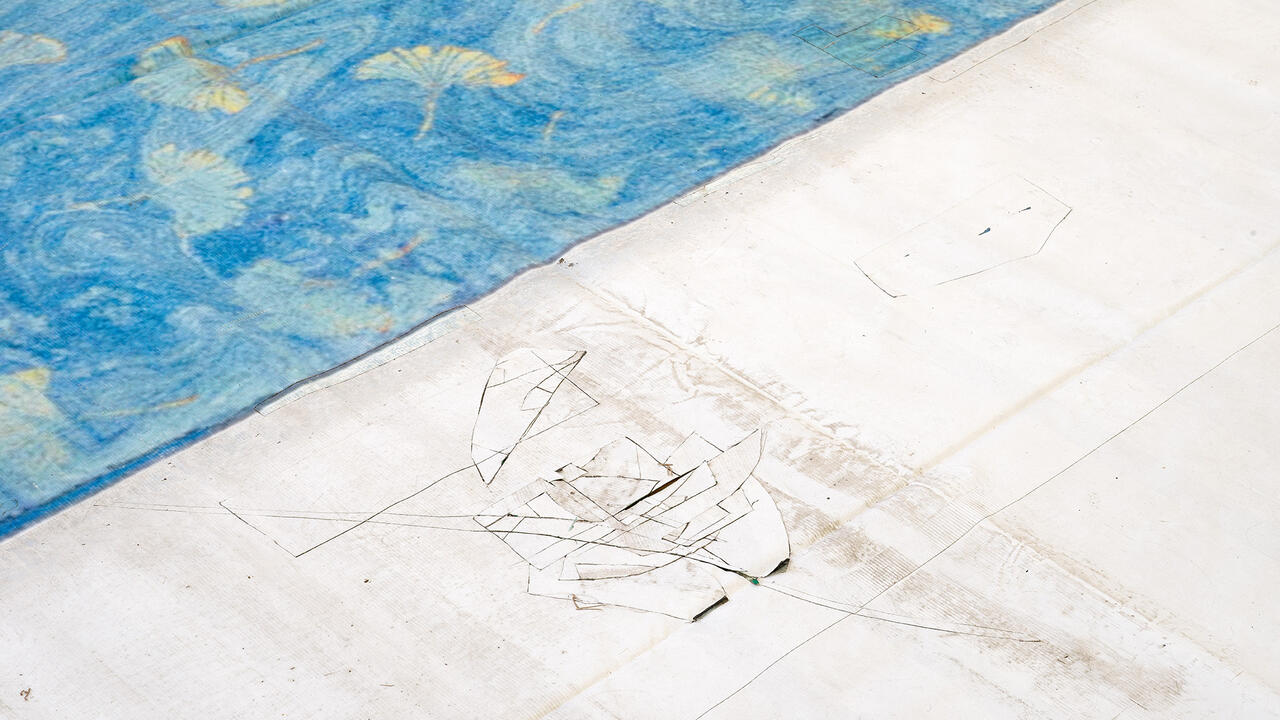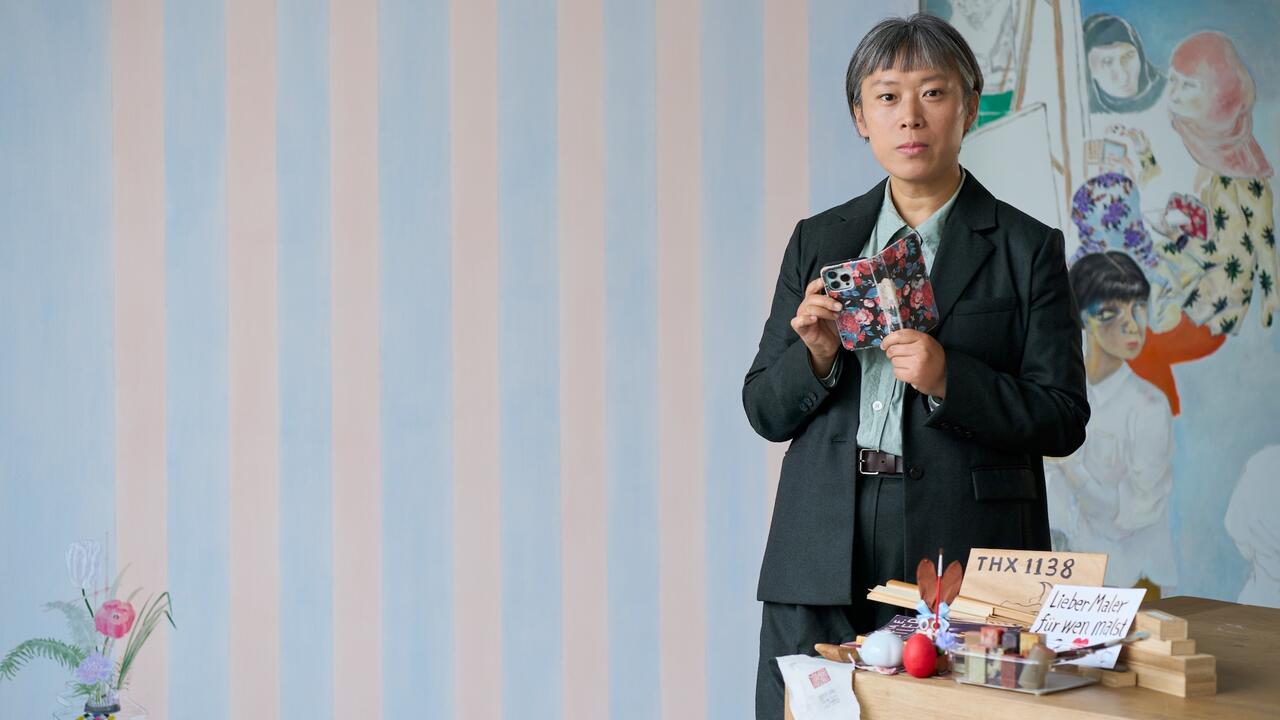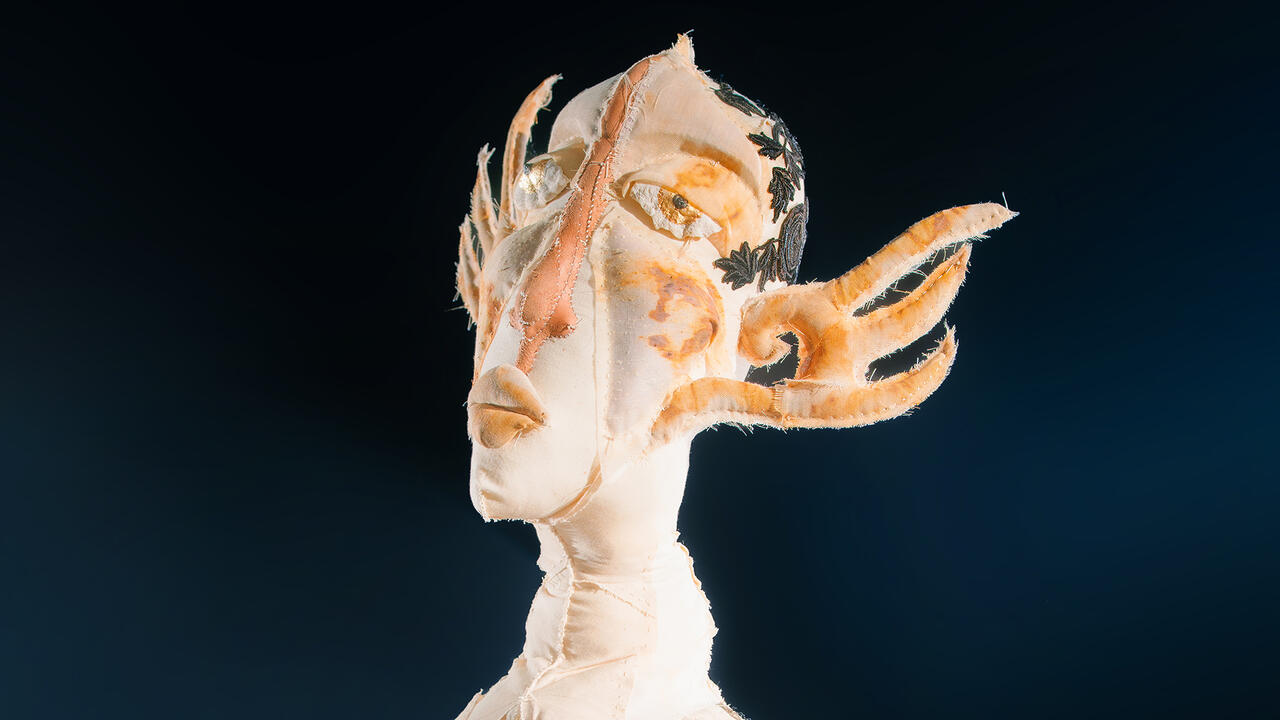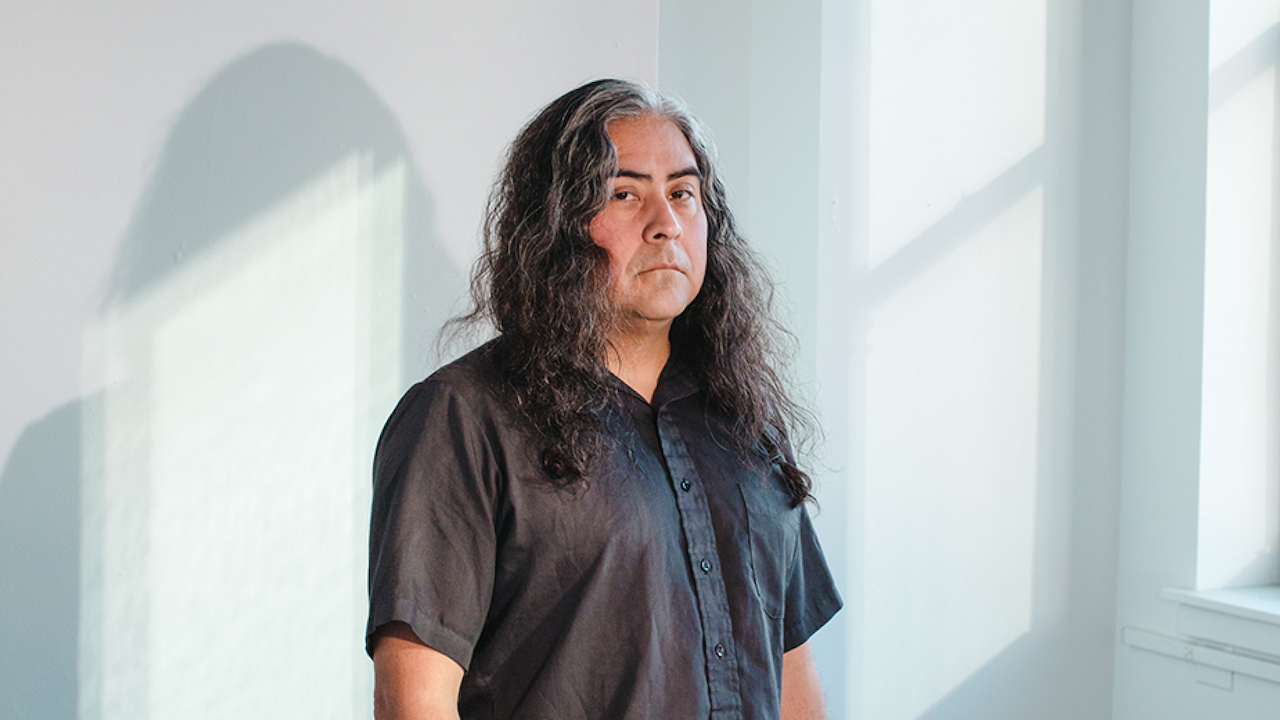Tune in, Drop out
Born just over a century ago, eden ahbez – the original hippy or ‘Nature Boy’ – was the most eccentric and successful songwriter you’ve never heard of
Born just over a century ago, eden ahbez – the original hippy or ‘Nature Boy’ – was the most eccentric and successful songwriter you’ve never heard of

Last year marked the centenary of one of America’s great songwriters. The occasion went unnoticed. His name was eden ahbez (no capitals, at his insistence) and his most famous song ‘Nature Boy’, performed by Nat King Cole, topped the American charts for eight weeks in 1948. Since then it has been recorded by Frank Sinatra, Sarah Vaughan, Miles Davis, John Coltrane, Marvin Gaye, James Brown, Shirley Bassey, Big Star, David Bowie and Demis Roussos, to name but a few, and was featured in Baz Luhrmann’s film Moulin Rouge (2001).
The oddest thing about ‘Nature Boy’, and what makes it so different from other standards of the jazz age, is that it’s barely a song at all. There’s no verse or chorus. It launches straight into a story about a ‘strange enchanted boy’ who wanders the whole world, and ends abruptly with his discovery that ‘the greatest thing you’ll ever learn is just to love and be loved in return’. The accompanying melody, with its eastern lilt, evokes a timeless world of incense and prophets. In the age of clever-clever Cole Porter sophistication, ‘Nature Boy’s exotic and heartfelt simplicity broke the mould.
And then there was the mystery of ahbez himself. According to music industry legend, the score was thrust into the hands of Nat King Cole’s manager outside the stage door of Los Angeles’ Orpheum Theatre. He assumed it was from just another deluded fan and forgot all about it until Cole found the score a year later and convinced a reluctant Capitol Records to let him record it as a B-side. ‘Nature Boy’ got radio play all over the country and became a single in its own right. Considerable royalties were soon owed, but nobody knew who the writer was or where he lived.
After a search instigated by Cole himself, ahbez was found living rough beneath, of all places, one ‘L’ of the Hollywood sign. With his long hair, beard, white robes and sandals, he looked like the ‘nature boy’ of his song. He talked of the importance of vegetarianism, of Eastern religions and his belief in one Universal God. While these ideas would become commonplace 20 years later, at the time they were extraordinary and ahbez was snapped up for live television appearances and profiles in Life, Time and Newsweek magazines.
In fact, ahbez was not a lone visionary, but part of a rapidly growing movement – or rather, an old movement metamorphosing into a new one. He was born George Alexander Aberle in 1908, the 13th child of a poor Brooklyn family. As a young man, he led an itinerant lifestyle, crossing America four times on foot. Perhaps he was just another Depression-era hobo, but in the 1930s he fell in with a group of radicals in California, many of German origin or descent, and all proponents of something called Lebensreform (life-reform).
After a search instigated by Nat King Cole, eden ahbez was found living beneath one 'L' of the Hollywood sign. With his long hair; beard, white robes and sandals, he looked like the 'nature boy' of his song.
Lebensreform had begun in Germany at the end of the 19th century: a back-to-basics, anarchist-lite reaction to ever-growing militarism and industrialization. The emphasis was on ruralism, nudity and sun worship, with plenty of pseudo-pagan ceremonies chucked in for good measure. The Wandervogel youth movement (which translates loosely as ‘migratory bird’) was one expression of Lebensreform; the extremist, cave-dwelling Naturmenschen (nature people), who briefly claimed the writer Hermann Hesse as a follower, were another. Key texts included Adolf Just’s Return to Nature (1896) and Nakedness (1904), while the artist Fidus captured the look with his post-Art Nouveau, proto-psychedelic images of buttock-clenched nudists cavorting in forest glades. In the 1930s, the Nazis outlawed the movement, although many of its ideas were incorporated into the Hitler Youth, making Lebensreform the common ancestor of both Nazism and the Woodstock generation.
Lebensreform arrived in America as early as 1906 in the figure of Bill Pester, a Saxony youth escaping military service. He settled in California because the climate was perfect for nudity and cave dwelling. It’s hard to believe that the photograph of him, long-haired and playing slide guitar outside his shack near Palm Springs, was taken in 1917 not 1967. In the 1930s, Pester became a mentor to the young eden ahbez and it is thought that the song ‘Nature Boy’ was written with him in mind.
There were other lebensreformers living in California too. Hermann Sexauer spread the word from his health store in Santa Barbara, while John and Vera Richter (both American-born) gave talks and ran courses at their Eutropheon raw food café in Los Angeles. The Eutropheon was to Californian Lebensreform what CBGB in New York would be to punk, and it was there that ahbez met the crowd of young Americans – mostly runaways, hobos and Muscle Beach fitness freaks – who made up the first homegrown Lebensreform group: the Nature Boys. They would work at the café for a few months, soaking up the Teutonic wisdom of their mentors, before heading into the canyons around Los Angeles to live rough for months at a time. Already by 1947 there were enough that Jack Kerouac, reminiscing later in On the Road (1951), remembered traveling through Los Angeles and passing ‘an occasional Nature Boy saint in beard and sandals’.
ahbez, who liked to write poetry and songs, composed ‘Nature Boy’ in 1947 while living in a cave not far from Bill Pester’s shack. The success of the song was to launch him and his fellow Nature Boys to national awareness. ‘We sleep on the ground in sleeping bags in the California mountains and deserts,’ ahbez explained in one nervous (and obviously pre-scripted) television appearance. ‘All the money in the world will not change my way of life: nature and a simple life will bring you peace and happiness.’ ahbez was not the only Nature Boy to achieve fame. His friend, the charismatic Robert ‘Gypsy Boots’ Bootzin, opened Health Hut, a South Sea Island-style café in Los Angeles, and, as the hippy movement took off, became a media celebrity. He appeared 25 times on The Steve Allen Show in the 1960s, swinging onto stage Tarzan-style to make Allen one of his ‘smoothies’ (a term he is credited with inventing); published a book, ‘Bare Feet and Good Things to Eat’ (1965); recorded an album in 1968 entitled Unpredictable (presumably a pun on Nat King Cole’s 1951 song ‘Unforgettable’); and appeared at Newport and Monterey pop festivals.
ahbez himself kept a lower profile. After the success of ‘Nature Boy’, he returned to the desert but continued to write songs. He gave Nat King Cole the beautiful Land of Love (1949), and wrote material for Eartha Kitt, Frankie Laine and Sam Cooke. He recorded an exotica album called Eden’s Island in 1960. A few years later, he was photographed in the studio with Brian Wilson during the 1966–7 Smile recording sessions, although it’s not known what, if anything, he contributed to the album. It’s tempting to see him as a sort of counter-cultural Zelig, but he lived his last 30 years in obscurity, more or less true to the Nature Boy ethos, until his death after a car accident in 1995.
Long after the hippy movement has become something of a joke, and its hang-outs – Venice Beach and Haight-Ashbury – turned into tie-dye dystopias, Nat King Cole’s original recording of ‘Nature Boy’ captures a moment of rebirth and innocence. It is also one of those alchemical moments in 20th-century culture, where three different movements – German Lebensreform, African-American jazz and Californian hippydom – converge to create something unique.






















